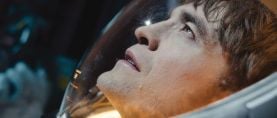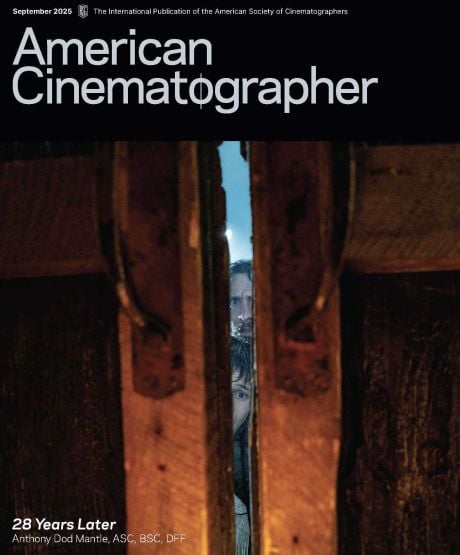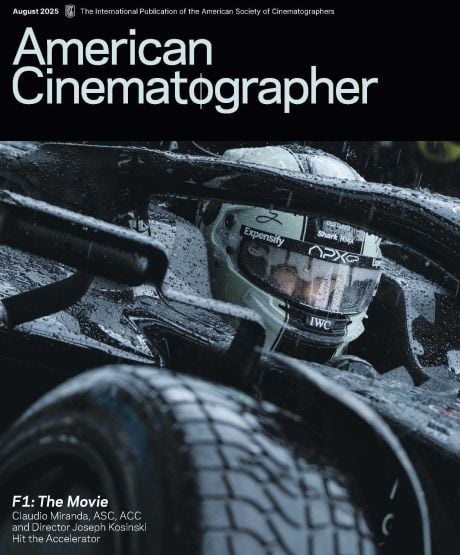
Guillermo Navarro, ASC Discusses Hostile Planet at Clubhouse
The Oscar-winning cinematographer served as an executive producer on the six-part NatGeo nature series and helped shape its visual approach.
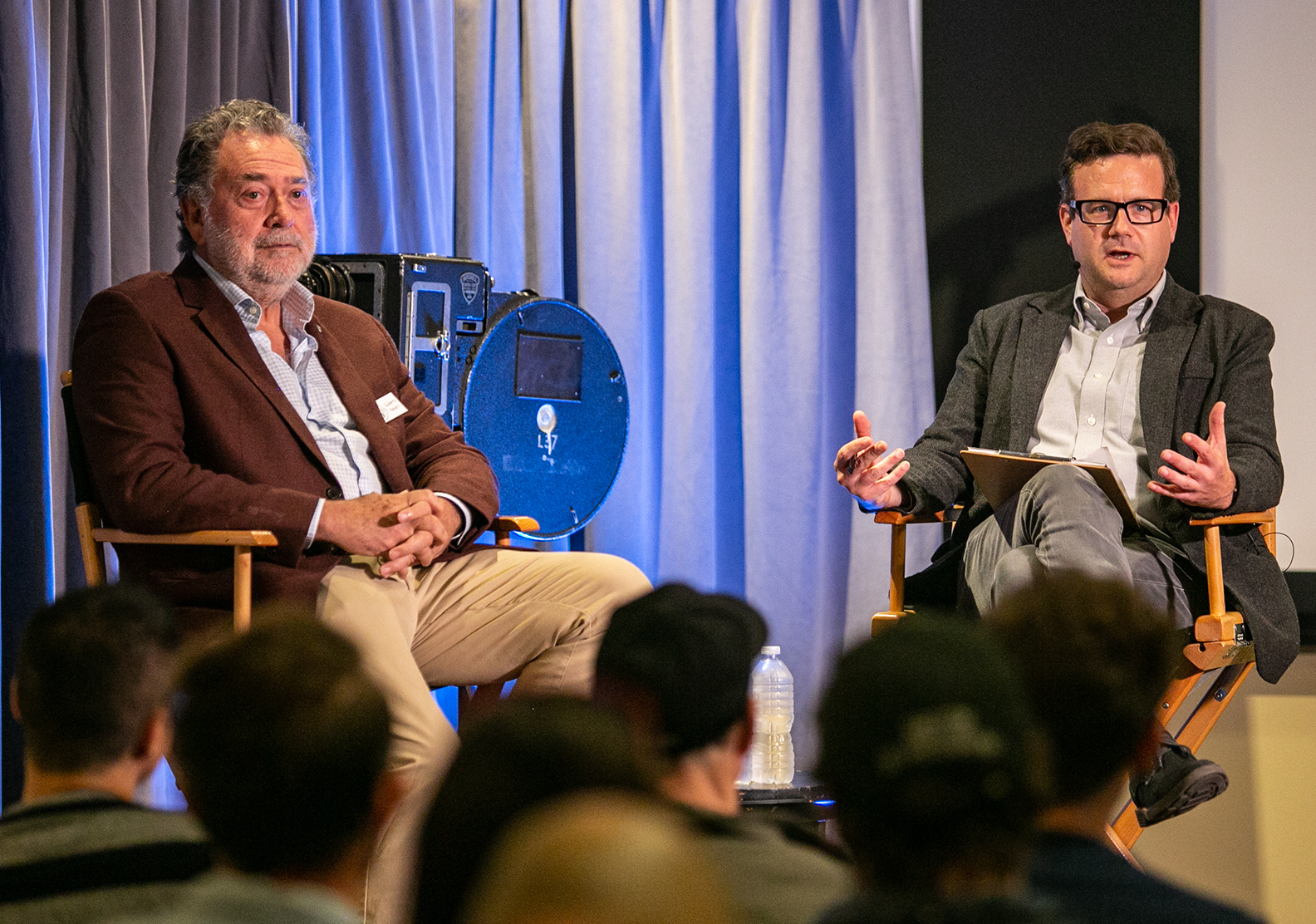
The Oscar-winning cinematographer of Pan’s Labyrinth details his role as an executive producer on the six-part nature program.
Event photos by Hector Cruz Sandoval

Guillermo Navarro, ASC stopped by the ASC Clubhouse in Hollywood on May 2 for a “Clubhouse Conversation” event moderated by filmmaker and American Cinematographer contributor Jim Hemphill. Navarro was there to discuss Hostile Planet, the six-part NatGeo series on which he served as executive producer.
The cinematographer is best known for his narrative feature-film camerawork, including such pictures as Hellboy, Jackie Brown, Night at the Museum 3, Twilight: Breaking Dawn Parts 1&2, Pacific Rim and Pan’s Labryinth, for which he earned an Academy Award for Best Cinematography.
Navarro described the process of helping to create the Hostile Planet series from the beginning — joking that it was the first time he was ever “above anybody” — and explained his approach to the nature documentary.
Navarro’s goal was to use visual language and the latest technological tools to immerse the viewer in the experiences of the animals struggling to survive on the “hostile planet” of the title, in the hope that audiences would feel the effects of climate change in a visceral, immediate way. Shooting in 4K on a variety of cameras, with a heavy reliance on drones, Navarro’s crews went to seven continents and shot 1,300 hours of footage, which was edited down to six hours of television.
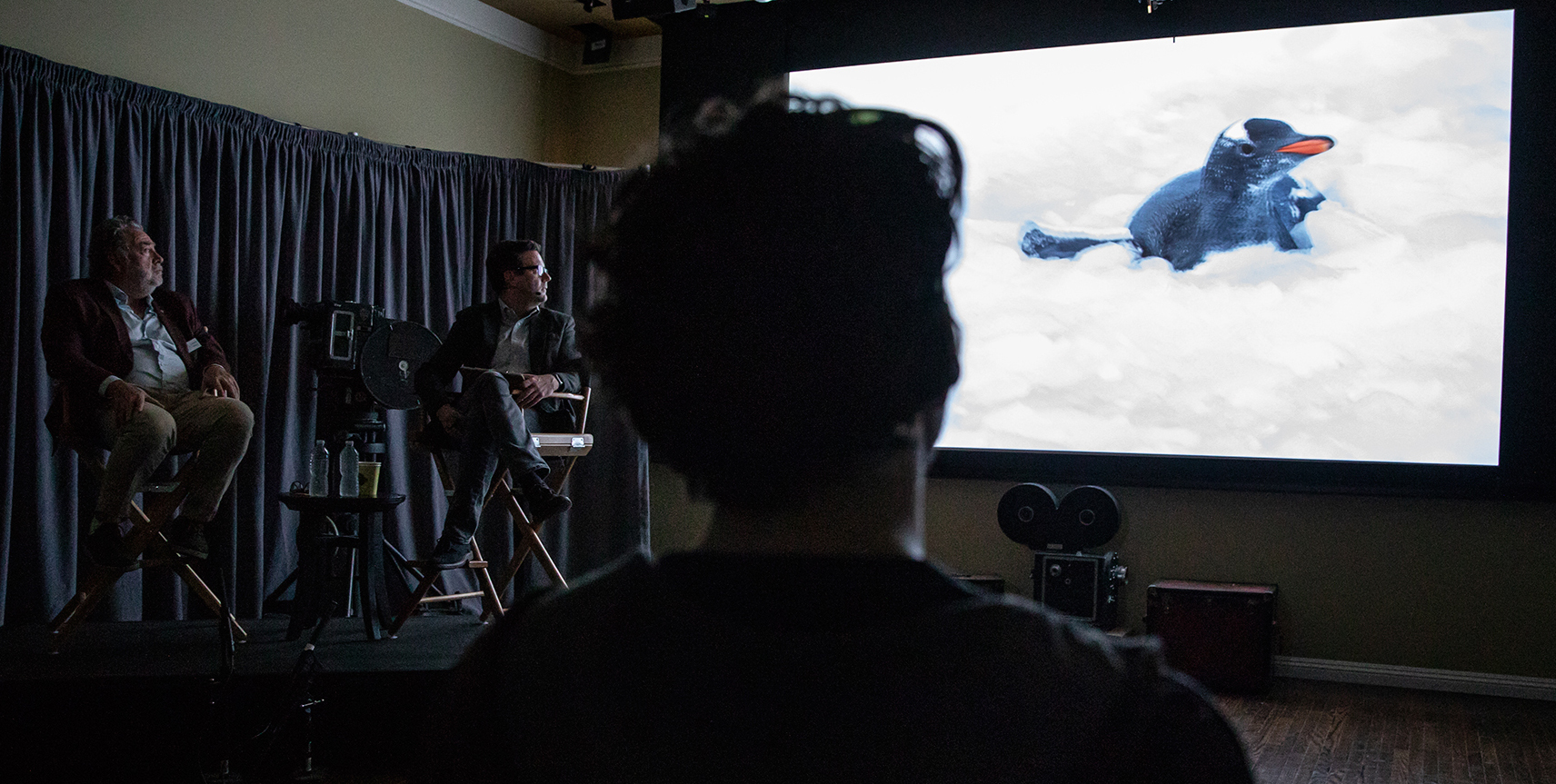
Navarro screened seven clips from the series, depicting the struggles of a wide variety of animals including turtles, barnacle geese, orcas, leopard seals, Gentoo penguins, hawks, rabbits, cheetahs and more. (A particular crowd pleaser was a battle between a jaguar and a caiman.) For each clip, Navarro discussed the ways in which his camera crews — usually consisting of just two or three filmmakers braving brutal weather conditions and dangerous encounters with the animals being filmed — achieved the subjective, immersive effect to which the series aspired.
Navarro explained the unique quality of filmmakers who do this kind of work, and credited an army of researchers with deciding where to shoot and when. Even with all of that research, however, Navarro said that the series was heavily dependent on luck and patience, as the crews were forced to wait for days, even weeks until something happened.
Navarro continued exploring this idea during the audience portion of the Q&A, explaining that he gave his crews the mandate not to manipulate anything — they weren’t allowed to do anything to nudge the animals into interesting behavior. The idea was for the crews to have the smallest footprint possible, a goal that was possible to achieve thanks in part due to the new, lightweight cameras and equipment available today. That said, Navarro added that for the show’s underwater material, the crews had to take dozens of equipment cases with them into the harsh environments — there was just no getting around it due to the difficulty inherent to underwater camerawork and the specialized gear required.
During the audience Q&A, Navarro also addressed the postproduction process and discussed how the material was shaped there based on what kind of footage the crews were able to acquire. He explained that even when making narrative projects he doesn’t believe in relying on storyboards or a rigid plan; his preference is to respond to what’s in front of him, an approach that served him and his team well on Hostile Planet.
This discussion was part of the "Clubhouse Conversations" program that brings cinematographers to the ASC Clubhouse to present and discuss their work with Society members and the public. Follow American Cinematographer on Facebook, Twitter and Instagram for announcements about these events.




